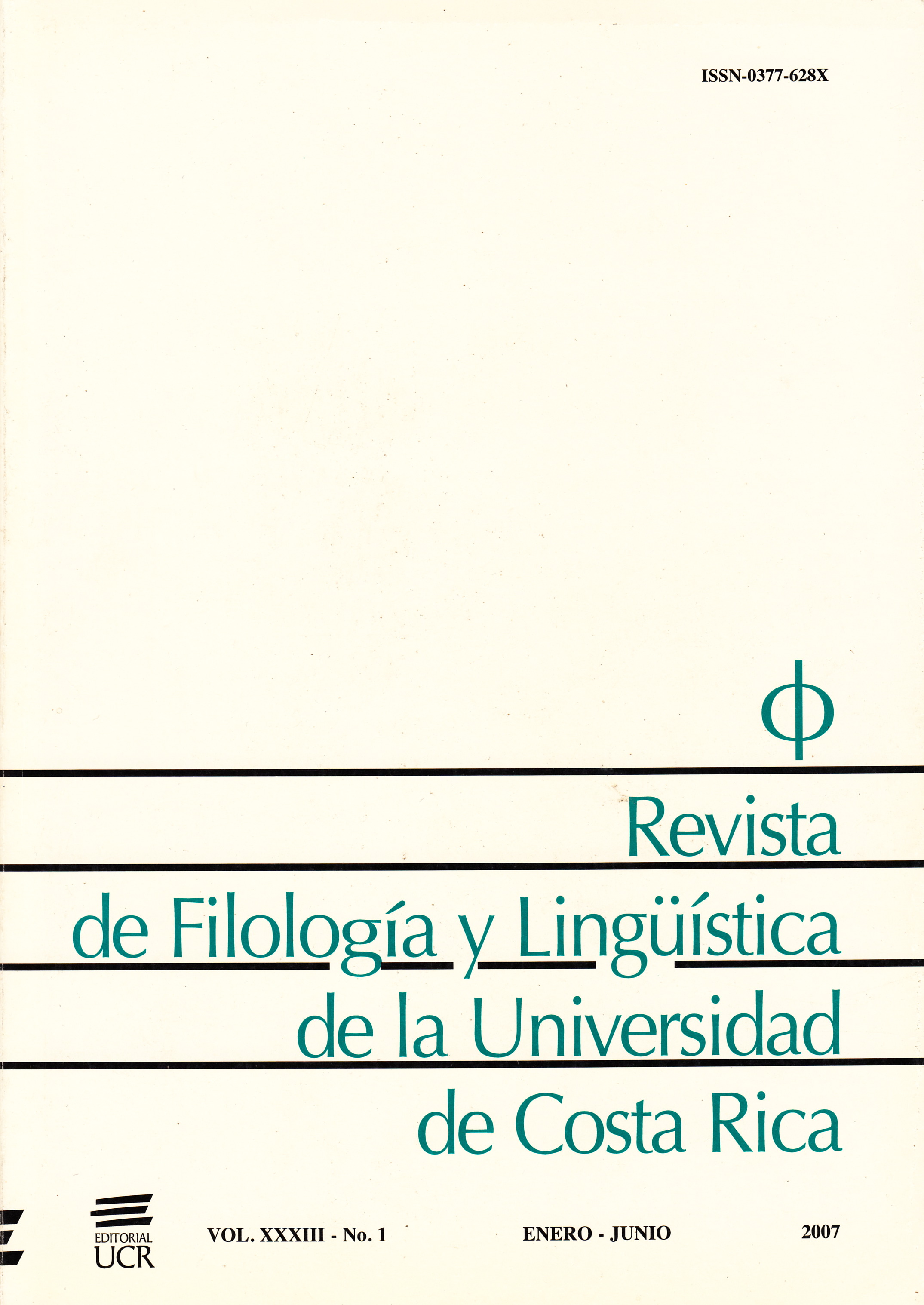Abstract
This cross-sectional study examined the most frequent grammar errors made by 159 EFL college students. The data consisted of eight sets of writing samples produced either in class or out of class as part of the regular course activities. They were evaluated, and the errors were classified according to an error taxonomy. Results indicate that although the frequency of certain errors increases and decreases unpredictably across levels, errors pertaining to subject omission, subject verb agreement and negative forms tend to be more common in beginners. Furthermore, errors related to the use of articles and prepositions and incorrect verb forms were the most frequent categories across levels.References
Barcroft, Joe. 2007. “When knowing grammar depends on knowing vocabulary: Nativespeaker grammaticality judgments of sentences with real and unreal words.” The Canadian Modern Language Review. 63 (3): 313- 343.
Brown, H. Douglas. 2000. Principles of language learning and teaching. Fourth Edition. New York: Longman.
Chodorow, M. et al. 2007. “Detecting of Grammatical Errors Involving Prepositions.” In Proceedings of the Fourth ACL-SIGSEM Workshop on Prepositions. Prague, The Czech Republic.
Cook, Vivian. 1993. Linguistics and second language acquisition. New York: Palgrave Publishers Ltd.
Corder, S. Pit. 1981. Error analysis and interlanguage. Oxford: Oxford University Press.
Dalgish, Gerard M. 1991. “Computer-Assisted Error Analysis and Courseware Design: Applications for ESL in the Swedish Context.” CALICO Journal. 9 (2): 39- 56.
Doughty, Catherine and Michael H. Long. 2003. The handbook of second language acquisition. Malden: Blackwell Publishing Ltd.
DeKeyser, Robert. 2003. Implicit and explicit learning. In Catherine J. Doughty and Michael H. Long (Eds.). The handbook of second language acquisition, 311-348.
Hamid, Obaidul. 2007. “Identifying second language errors: How plausible are plausible reconstructions?” ELT Journal. 61 (2): 107- 116.
Han, ZhaoHong. 2004. Fossilization in adult second language acquisition. Clevedon: Multilingual Matters Ltd.
Hasbún, Leyla. 2001. “Assessment of grammatical errors and pragmatic failure.” Revista de Filología y Lingüística. 27 (1): 249- 263.
(2007). “Evaluación de un curso de gramática del inglés: Insumo para la investigación.” Revista Electrónica Actualidades Investigativas en Educación. 7 (1): 1- 20.
Hughes, Arthur and Chryssoula Lascaratou. 1982. “Competing criteria for error gravity.” ELT Journal. 36 (3): 175- 182.
Hyltenstam, Kenneth and Niclas Abrahamsson. 2003. Maturational constraints in SLA. In Catherine J. Doughty and Michael H. Long (Eds.) The handbook of second language acquisition, 539-588.
Lewis, Michael. 1994. The lexical approach: The state of ELT and a way forward. Hove: Language Teaching Publications.
Salem, Ilana. 2007. “The lexico-grammatical continuum viewed through student error.” ELT Journal. 61 (3): 211- 219.
Selinker, Larry. 1972. “Interlanguage”. International Review of Applied Linguistics. 10: 209-

